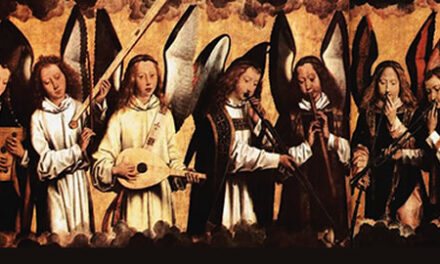The North Carolina Symphony often seems not quite at home in the Carolina Theater. This seemed to be the case at the beginning of the concert on this Friday night. However, as the program progressed the orchestra, under the direction of William Henry Curry, settled in, got comfortable with the tight stage and played a winsome program of four late nineteenth century masters with orchestral color and drama.
First on the agenda was the solo trumpeter sounding a pure unwavering tone signaling the opening of Richard Wagner’s Overture to Rienzi. For a brief instant (my attention distracted by a late-comer) I thought it was the oboe sounding an A for tuning purposes. But with attention focused now on the orchestra and the maestro the music took shape and carried me along on a journey of melodic, romantic, sometimes raucous, sometimes heroic adventures. Not Wagner’s greatest, to be sure. Rienzi was the first of his operas to gain favor with the public. Still,it has never been deemed worthy of performance in the Festspielhaus in Bayreuth. The opera does have some hints of the greatness that was yet to come. It is long – almost five hours. It centers on the heroic conquest of evil. Though the influence of Bellini is apparent, there are daring harmonic structures and a large and dramatic brass ensemble. The performance of the Overture was tight, beautifully shaped and thoroughly exciting.
Before we discuss the next piece, here is a classical trivia question for you. Who wrote several measures into the Transformation Scene of Wagner’s Parsifal so that the mechanical scene change could take place properly during the first production in Bayreuth in 1882? Answer: the 28 year old Wagner devotee, Engelbert Humperdinck. (The added measures were deleted for the next year’s production when the mechanical device was altered to fit Wagner’s intended music perfectly.)
The next piece on the program was a suite of music from Humperdinck’s Hansel and Gretel. This delightful and charming opera began as a casual children’s entertainment conceived by the composer’s sister Adelheid Wette. Somewhat like Berlioz’s L’enfance du Christ, it eventually grew into a full-grown masterpiece. Richard E. Rodda’s program note remind us that Richard Strauss, who conducted the premiere, judged it “a masterwork of the first order. The orchestra managed the incorporated German folksongs, the intimidating Witches Ride, the awe-inspiring (and very Wagnerian) Evening Prayer and Dream Pantomime with confidence and winsomeness.
After intermission, Curry returned to the stage with warm appreciative applause from the audience. After acknowledging the applause but before it had completely faded away, the maestro turned and, without any apparent preparation, gave the orchestra an instant downbeat to the vigorous and sprightly first movement of Edvard Grieg’s “Symphonic Dances on Norwegian Themes, Op. 64.” It was a perfect segue. Throughout the rest of this piece I was impressed with the transitions. Whether they were building crescendos or gradual diminuendos or sudden changes in timing, tempo or/and dynamics, the orchestra was right there with the conductor’s wand. The blend of orchestral colors seemed more at home with the Carolina Theater acoustic tonight than I have heard before. Especially where there were instrumental combinations, the sound was not that of many different instruments, but as a blend from a wide palette producing fascinating new orchestral colors. This was also the case in the other works on the program.
Grieg wrote only one symphony, when he was 21. It may not have been a happy experience, since he never returned to the form. If he had, surely the Andante movement of these dances would be a proper symphony movement. Mostly dark and mysterious but with lively interludes, it is masterfully developed and shaped. It seems that every time I hear a Grieg work that I have not been familiar with before I am impressed anew with the broad range of his creative mastery. Curry was also impressive in unfolding this delight for us.
The concert closed with the more familiar Marche Slave, Op. 31, of Piotr Ilyich Tchaikovsky. Full of Russian fire, made from the soil of the land and the water of the River Volga, colored by fields of grain and sunsets over the snow clad streets of Moscow, it is quintessential Tchaikovsky and quintessential Russia. It hardly slows down anywhere and leaves you breathless at the end. The whole orchestra – strings, woodwinds, brass and a boisterous array of percussion – were all involved, and it was a stirring finale to a fine concert.











